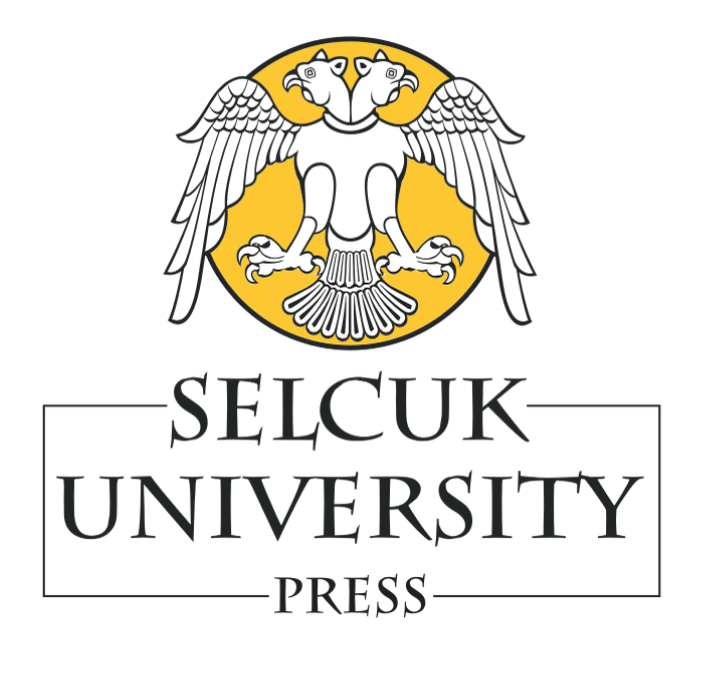| 2012, Cilt 28, Sayı 2, Sayfa(lar) 087-093 |
| [ Türkçe Özet ] [ PDF ] [ Benzer Makaleler ] |
| Effects of vitamin C and vitamin E applications on wound healing and tissue mineral and hydroxyprolin levels in guinea pig |
| Saliha Filiz Pekcici Çuhadar1, Seyfullah Haliloğlu2 |
| 1Cumhuriyet İlköğretim Okulu 2Selçuk Üniversitesi, Veteriner Fakültesi, Biyokimya Anabilim Dalı, Konya, Türkiye |
| Keywords: Wound healing, vitamin C, vitamin E, hydroxyprolin, mineral |
| Downloaded:2135 - Viewed: 4418 |
|
Aim: This study was performed for investigating the effects
of vitamin E and vitamin C on guinea pig wound healing and
tissue hydroxi-proline, iron (Fe), copper (Cu) and zinc (Zn)
levels.
Materials and Methods: A totally of 84 guinea pig were divided into four groups; the control group (saline, SC), vitamin C (150 mg/kg, SC), vitamin E (150 mg/kg, SC) and vitamin C + vitamin E groups. Vitamin and saline injections were applied 4 days before and 1, 4 and 7 days after the wound incision. A four centimeters full thickness skin incision wound was created on the lateral lumbar area. The wound area closed with basic separate sutures and leaved open to air. Seven rats from each group were sacrificed on the days of 4, 7 and 10 after the incisions. Wound tissue histopathologic exam was done and tissues hydroxi-proline, Fe, Cu and Zn levels were measured. Results: Tissue hydroxi-proline levels were highest at 7th day in all groups and tissue hydroxi-proline level was negative correlated with Cu and Zn levels. In the histopathologic examination at 4th day of incision, while reepithelisation was lowest in the vitamin E group, reepithelisation and fibroblast activity were highest in the vitamin C group. Reepithelisation was highest on vitamin C + E group at the 7th day of the incision. Conclusion: Vitamin C alone or vitamin C + E administrations may be positively effective on the healing of incisions. |
| [ Türkçe Özet ] [ PDF ] [ Benzer Makaleler ] |





